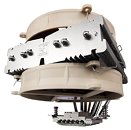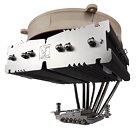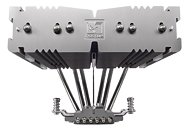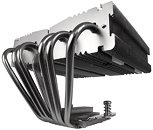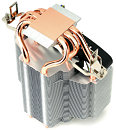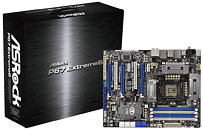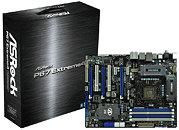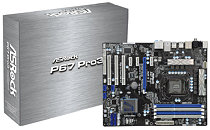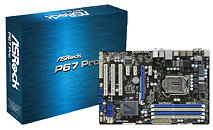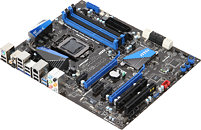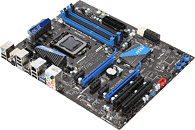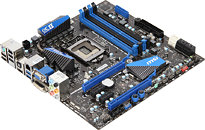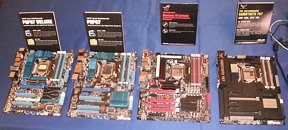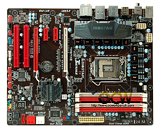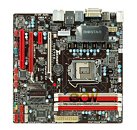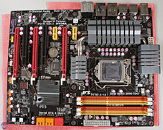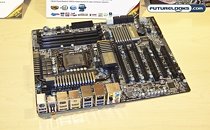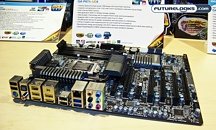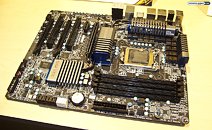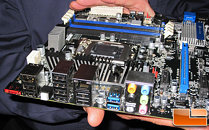
ASRock Designs LGA1156 Motherboard Based on Intel P67 Chipset
ASRock is known to mix and match sockets and chipsets to come up with some interesting hybrids that give users access to latest features offered by the chipset. A recent example of this is a socket 939 motherboard based on the AMD 785G chipset (read here), which gives users of socket-939 Athlons access to a fast IGP and PCI-Express 2.0. The company's latest such innovation is the P67 Transformer. This is a socket LGA1156 motherboard, it supports existing Core i5/Core i7 "Lynnfield", and Core i3/Core i5 "Clarkdale" processors, but is based on the Intel P67 Express chipset. The board gives users access to some advanced features of the P67 chipset, but won't support LGA1155 processors.
So what's in it for you? Well, the P67 PCH embeds a PCI-Express 2.0 hub compared to P55/H55, which pack an older PCI-Express 1.1 hub. The older hub is known to heavily bottleneck devices such as USB 3.0 and SATA 6 Gb/s controllers that use only a single PCI-E lane (since PCI-E 1.1 has 250 MB/s per direction bandwidth, compared to 500 MB/s on the PCI-E 2.0). So significant is this bottleneck, that some motherboard designers even used bridge chips that convert the P55's PCI-E 1.1 x4 port to two PCI-E 2.0 x1, for USB 3.0 and SATA 6 Gb/s controllers. The PCI-E x16 slots however, are wired to the processor and are Gen 2. ASRock's board hence gives you two USB 3.0 and two SATA 6 Gb/s with an alleviated bus bottleneck.
So what's in it for you? Well, the P67 PCH embeds a PCI-Express 2.0 hub compared to P55/H55, which pack an older PCI-Express 1.1 hub. The older hub is known to heavily bottleneck devices such as USB 3.0 and SATA 6 Gb/s controllers that use only a single PCI-E lane (since PCI-E 1.1 has 250 MB/s per direction bandwidth, compared to 500 MB/s on the PCI-E 2.0). So significant is this bottleneck, that some motherboard designers even used bridge chips that convert the P55's PCI-E 1.1 x4 port to two PCI-E 2.0 x1, for USB 3.0 and SATA 6 Gb/s controllers. The PCI-E x16 slots however, are wired to the processor and are Gen 2. ASRock's board hence gives you two USB 3.0 and two SATA 6 Gb/s with an alleviated bus bottleneck.




